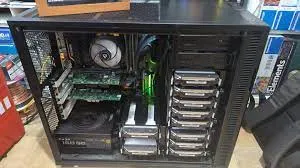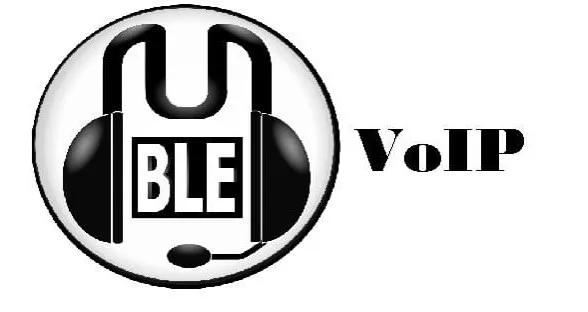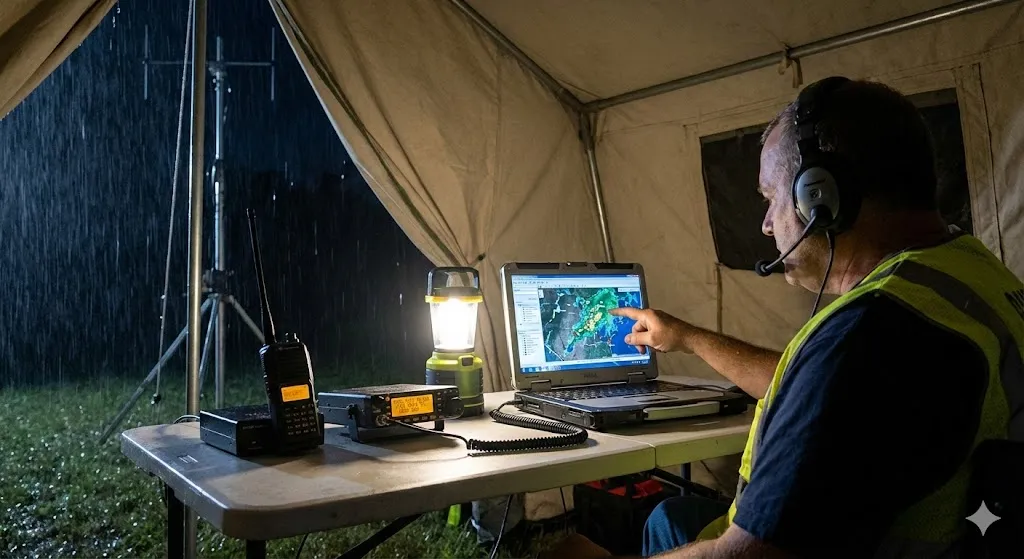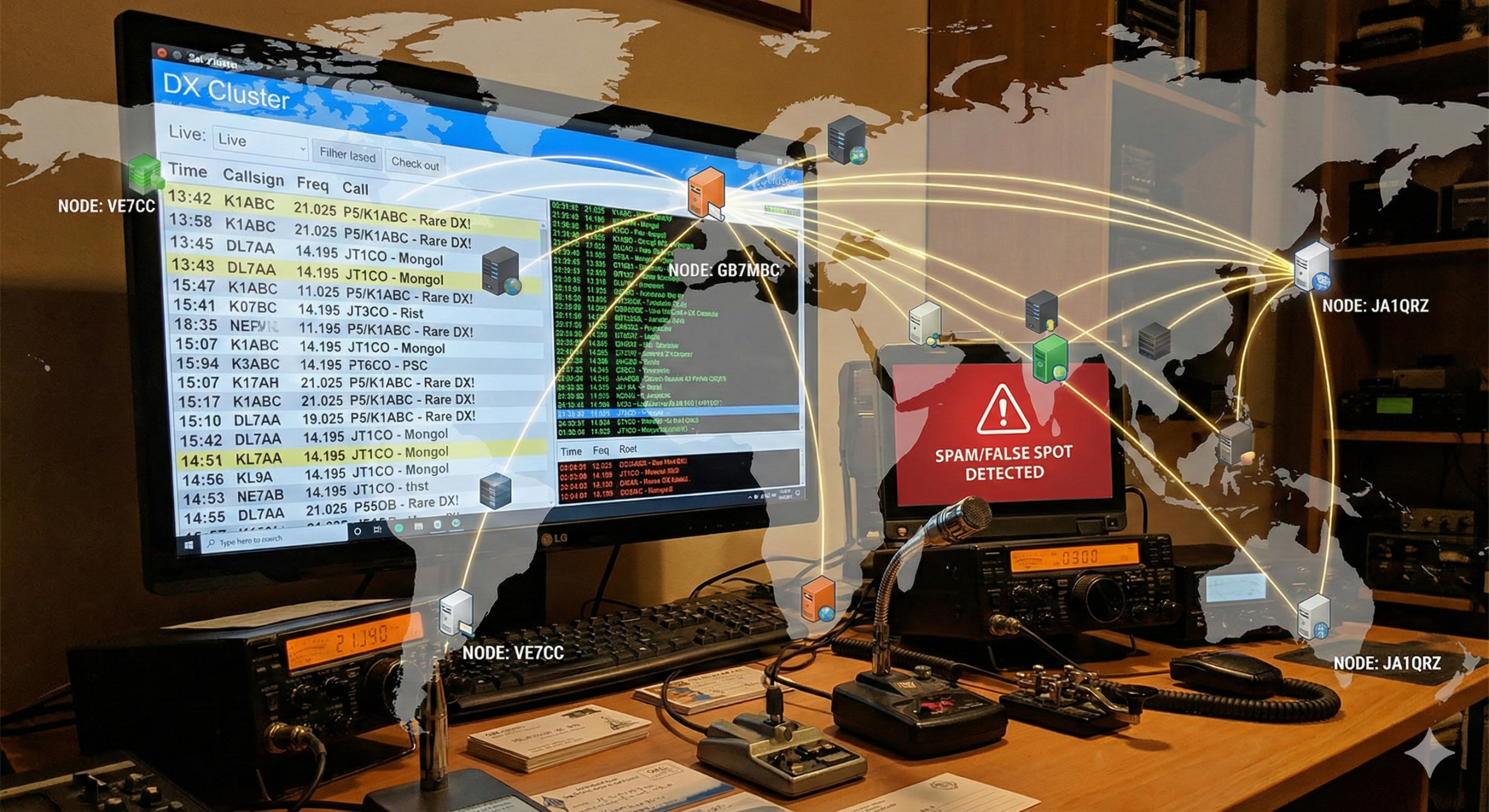amateur radio
backup
cloud
do it yourself
free open source software
free operating system
ham radio
home brew
Network Attached Storage
AmateurRadio, APRS, backup, contesting, DigitalModes, dx, EmComm, fldigi, ft8, hamradio, HamShack, HF, js8call, kiwisdr, logbook, meshtastic, NAS, node-red, OpenMediaVault, opensource, openwebrx, QSO, radioarchive, RaspberryPi, remoteham, sdr, sstv, stationautomation, TrueNAS
9M2PJU
0 Comments
How Amateur Radio Operators Can Use a NAS in the Shack: A Practical Guide
In the world of amateur radio, we often focus on transceivers, antennas, and propagation—but what about data storage? From logging contacts and archiving digital mode data to backing up Raspberry Pi configurations and hosting web-based tools, there’s a growing need for reliable, centralized storage.
Enter the NAS — Network Attached Storage — a powerful and often overlooked tool for modern amateur radio operators. Whether you’re a casual hobbyist or a serious station manager, a NAS can simplify and secure your digital life in the shack.
Let’s explore how NAS systems can benefit amateur radio operators, practical use cases, and some guidance to help you set one up.
🧠 What is a NAS?
A NAS is a dedicated device or server connected to your local network that stores data and provides services like file sharing, media streaming, backups, and more. Think of it as your personal cloud, available on your LAN (and remotely if you allow it).
Open-source NAS systems like TrueNAS, OpenMediaVault, Rockstor, and XigmaNAS make it easy and affordable for hams to build one using spare hardware or a Raspberry Pi.
📻 Why Hams Should Consider a NAS
Here are several ways a NAS can become a central part of your shack:
1. 🔒 Logbook and Data Backup
Store all your digital logbooks (e.g., N1MM, CQRLOG, Ham Radio Deluxe, Fldigi) in one place and access them from multiple devices.
- Automatically back up logs from your Raspberry Pi or Windows machine.
- Share your logbook with your contesting team on the same LAN.
- Keep a version history in case of accidental deletion.
2. 🛰️ SDR Recordings & Waterfalls Archive
Running SDR receivers like SDRplay, HackRF, or RTL-SDR? Those I/Q recordings and spectrogram images can take up a lot of space. A NAS lets you:
- Store massive SDR data files securely.
- Host them for playback or offline analysis.
- Use ZFS/Btrfs snapshots to prevent data corruption.
3. 🌐 Web Server for Shack Tools
Host useful ham tools like:
- Local callsign lookup database
- DX cluster web interface
- OpenWebRX or KiwiSDR server
- Static wiki/documentation for station SOPs
A NAS with Docker support can run these tools as services—without tying up your main shack PC.
4. 📁 Shared Resources and Scripts
Many hams use scripting (Bash, Python, Node-RED) for automating things like antenna switching, remote rig control, or APRS messaging. Store all your scripts and station configs in one place.
Bonus:
- Sync with Git for version control.
- Share with your team during field day or emergency comms ops.
5. 🛠️ APRS and Meshtastic Gateway Backups
Running APRS I-Gates, Meshtastic bridges, or Direwolf/KISS TNC setups? Store:
- Config files (JSON, ini, conf)
- Logs of packet traffic
- Diagnostic captures (tcpdump, AX.25 monitoring)
Keep everything ready for instant restore if your SBC or microSD card fails.
6. 🎙️ SSTV and Digital Mode Archiving
Store and organize:
- SSTV images
- JS8Call messages
- FT8/FT4 decoded logs
- Signal reports and waterfall screenshots
Add tags or naming conventions for contests, satellite passes, or unusual propagation events.
7. 🌩️ Emergency Communications (EmComm)
Prepare for EmComm deployments by:
- Preloading maps, ICS forms, and software installers.
- Hosting offline resources (e.g., Wikipedia snapshot, repeater directory).
- Synchronizing field logs to your home NAS when the network comes online.
⚙️ Choosing the Right NAS Setup
| Use Case | Recommended System | Why |
|---|---|---|
| Advanced users, VM hosting | TrueNAS CORE/SCALE | ZFS, virtual machines, plugins |
| Raspberry Pi users | OpenMediaVault | Lightweight, great for SBCs |
| Snapshot lovers | Rockstor | Btrfs, snapshot rollbacks |
| Legacy PC repurposing | XigmaNAS | Low resource usage |
| Set-and-forget simplicity | EasyNAS | Minimalist interface |
Pro tip: Use a UPS (Uninterruptible Power Supply) with your NAS to avoid data corruption during power outages—especially during storms or field deployments.
📡 Real-World Ham Use: Example Scenario
Imagine this:
- You’re operating remote HF from your home, using a Raspberry Pi to control a rig via Hamlib.
- The Pi is running WSJT-X for FT8.
- Logs are automatically pushed to your NAS.
- You’ve configured your NAS to back up these logs to a cloud provider weekly.
- You also run Node-RED dashboards on the NAS to monitor temperature, power, and SWR sensors remotely.
This setup gives you flexibility, reliability, and peace of mind—all using open-source tools and amateur radio creativity.
🚀 Getting Started
- Reuse an old PC or get a Raspberry Pi 4 with a USB drive.
- Choose your NAS OS (TrueNAS, OpenMediaVault, etc.).
- Connect it to your local network via Ethernet.
- Enable services like SMB/NFS, Docker, and snapshots.
- Start saving, sharing, and serving your ham shack data like a pro.
🔚 Final Thoughts
In 2025, the amateur radio shack is no longer just radios and antennas—it’s also data, software, and services. By adding a NAS to your setup, you gain control, resilience, and smarter station management.
Whether you’re a contester, experimenter, satellite operator, or EmComm volunteer, a NAS is an investment that pays off in convenience, security, and scalability.
Stay curious, stay connected, and happy experimenting!







Post Comment